Notebook
-
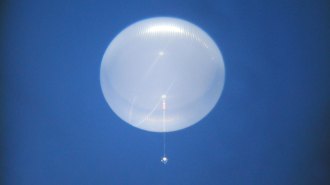 Tech
Tech50 years ago, a balloon circumnavigated the world for science
A 1973 high-altitude flight kicked off an era of useful stratospheric balloon science. Some scientists worry that heightened concerns over alleged spy balloons might hamper that.
-
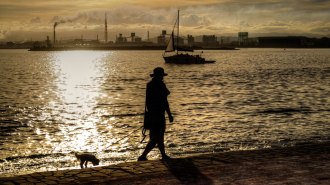 Health & Medicine
Health & Medicine50 years ago, air pollution was linked to more reports of animal bites
Scientists spent decades tying air pollution to health and behavior problems. Now, there’s more evidence that dirty air influences aggression in animals.
-
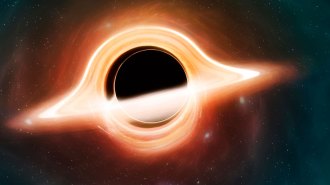 Math
MathHere’s a peek into the mathematics of black holes
The universe tells us slowly rotating black holes are stable. A nearly 1,000-page proof confirms it.
-
 Oceans
Oceans50 years ago, researchers discovered a leak in Earth’s oceans
An analysis of oceanic rocks hinted that ocean water drains into Earth’s mantle. How much makes it back into the ocean remains unclear.
-
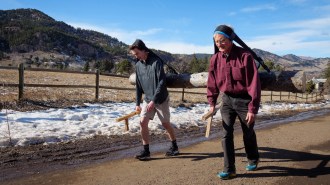 Anthropology
AnthropologyTwo scientists’ trek showed how people of Chaco Canyon may have hauled logs
By carrying a log with the aid of head straps called tumplines, the duo demoed how people may have hauled timbers to Chaco about 1,000 years ago.
-
 Neuroscience
Neuroscience‘Mommy brain’ doesn’t capture how the brain transforms during pregnancy
During the transition to motherhood, there's more going on than “momnesia,” neuroscientists argue. The brain changes to prep for the job of caregiving
-
 Environment
EnvironmentAir pollution made an impression on Monet and other 19th century painters
The impressionist painting style can be partly explained by the reality of rising air pollution from the industrial revolution, an analysis finds.
By Bas den Hond -
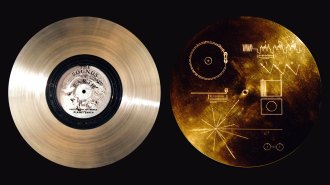 Space
Space50 years ago, Earth’s chances of contacting E.T. looked slim
In 1973, a researcher calculated that it could take millions of years to contact aliens. But that hasn’t stopped scientists from trying.
-
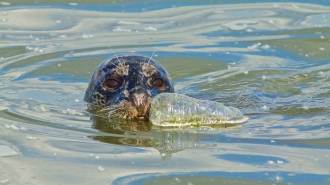 Oceans
Oceans50 years ago, scientists discovered the Great Pacific Garbage Patch
In 1973, plastic bottles adrift in the North Pacific alarmed scientists. Fifty years later, more than 1.8 trillion pieces of plastic litter the area.
By Demian Perry -
 Science & Society
Science & SocietyMany plans for green infrastructure risk leaving vulnerable people out
Green infrastructure is one way to help combat climate hazards like flooding. But without equitable planning, only some communities will benefit.
By Jude Coleman -
 Humans
Humans50 years ago, scientists debated when humans first set foot in North America
In 1973, archaeologists debated when people first arrived in the Americas. Mounting evidence suggests its much earlier than they thought.
-
 Life
LifeA new metric of extinction risk considers how cultures care for species
Conservation efforts should consider relationships between cultural groups and the species important to them, researchers argue.
By Jude Coleman